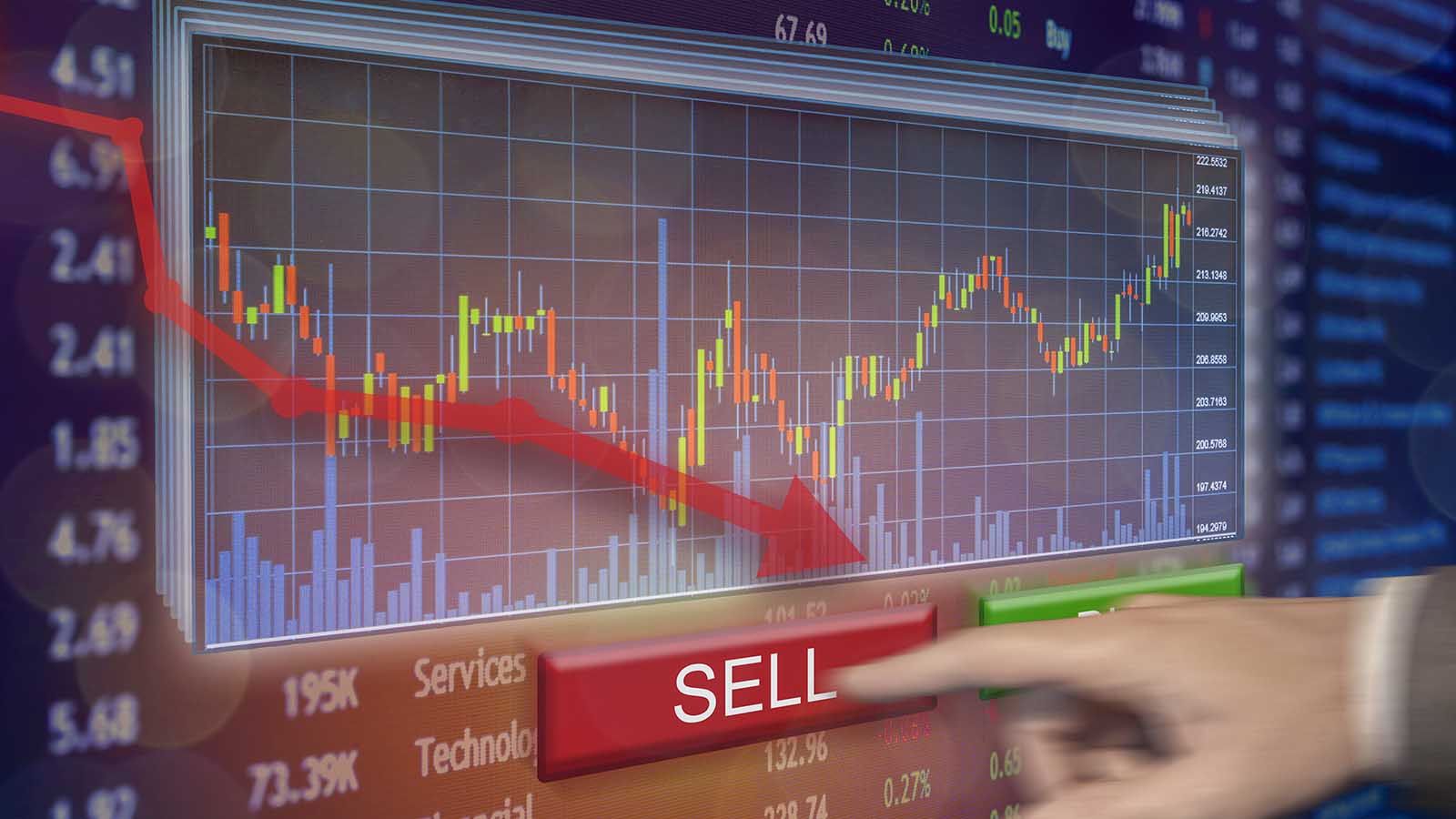Stocks recover from edge of first bear market since 2020 | KETK.com

NEW YORK (AP) — Wall Street rumbled on the brink of a bear market on Friday after another drop in stocks briefly sent the S&P 500 more than 20% below its high reached earlier this year.
The S&P 500 index, which sits at the heart of most workers’ 401(k) accounts, fell as much as 2.3% the day before a furious comeback in the final hour of trading that sent it to a slight gain of less than 0.1%. He finished 18.7% below his record, set on January 3. The tumultuous negotiation capped a seventh consecutive week of losses, its longest such streak since 2001.
Rising interest rates, high inflation, the war in Ukraine and a slowing Chinese economy are hurting equities and raising fears of a possible recession in the United States. Compounding concerns are how the superhero that has flown to the rescue of Wall Street in recent recessions, the Federal Reserve, seems less likely to help as it is stuck battling the worst inflation in decades.
The S&P 500 ended the day up 0.57 points at 3,901.36. The Dow Jones Industrial Average fell from an early loss of 617 points to 8.77 higher, or less than 0.1%, at 31,261.90. The Nasdaq composite pared a big loss to end 33.88 points lower, or 0.3%, at 11,354.62.
Because the S&P 500 ended the day no more than 20% below its all-time high, the index firm says a bear market hasn’t officially begun. Of course, the 20% threshold is an arbitrary number.
“Whether or not the S&P 500 closes in a bear market doesn’t matter too much,” said Brian Jacobsen, senior investment strategist at Allspring Global Investments. “A lot of pain has already been experienced.”
Many big tech stocks, considered among the most vulnerable to rising interest rates, have already fallen more than 20% this year. This includes a 37.2% drop for Tesla and a 69.1% drop for Netflix.
It’s a sharp turnaround from the powerful run Wall Street enjoyed after emerging from its last bear market in early 2020, at the start of the pandemic. Thanks to that, the S&P 500 more than doubled, as a new generation of investors seemingly met every swing with the rallying cry “Buy the dip!”
“I think a lot of investors were scratching their heads and wondering why the market was recovering despite the pandemic,” Jacobsen said. “Now that the pandemic is hopefully largely over, I think a lot of investors are blaming themselves for not spotting signs that the economy was likely slowing and the Fed pivoting policy.”
With inflation at its highest level in four decades, the Fed has aggressively moved away from keeping interest rates ultra-low in order to support markets and the economy. Instead, it raises rates and takes other measures in hopes of slowing the economy enough to curb inflation. The concern is whether it is going too far or too fast.
“Certainly the market volatility was driven by investor fears that the Fed might tighten policy too much and push the United States into a recession,” said Michael Arone, chief investment strategist at State Street Global. Advisors.
Bond yields fell as recession worries pushed investors into Treasuries and other things considered safer. The yield on the 10-year Treasury note, which helps set mortgage rates, fell to 2.78% from 2.85% on Thursday evening.
Inflation has been painfully high for months. But market concerns grew after Russia’s invasion of Ukraine, which drove up prices at grocery stores and gas pumps, as the region is a major source of energy and grain. The world’s second-largest economy, meanwhile, has taken a hit as Chinese authorities have locked down key cities in hopes of stopping COVID-19 cases. All of this is compounded by disappointing data on the US economy, even as the labor market remains hot.
The mounting pressure on equities was a sign that corporate earnings are slowing and could finally be hit by inflation. That means the pain has widened beyond tech and high-growth stocks to more encompass Wall Street.
Retail giants Target and Walmart both received warnings this week that inflation would squeeze finances. Discount retailer Ross Stores fell 22.5% on Friday after it cut its profit forecast and cited rising inflation as a factor.
“The latest retail company earnings finally signaled that American consumers and businesses are being negatively impacted by inflation,” Arone said.
Although its source is different, the gloom on Wall Street reflects a sense of exasperation across the country. An Associated Press-NORC Center for Public Research poll released on Friday found that only about 2 in 10 adults say the United States is going in the right direction or the economy is doing well, down from about 3 in 10 a month ago. earlier.
Much of Wall Street’s bull market since the start of 2020 was the result of buying by regular investors, many of whom first started trading during the pandemic. Alongside many cryptocurrencies, they have helped boost darlings like Tesla stock. They even suddenly escalated GameStop to such a high level that it sent shivers down the spines of Wall Street professionals.
But those traders, called “retail investors” by Wall Street to differentiate them from large institutional investors, retreated as stocks fell. Individual investors have gone from a net buyer of stocks to a net seller over the past six months, according to a recent report from Goldman Sachs.





